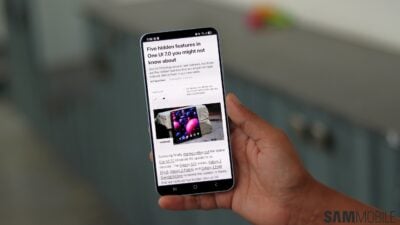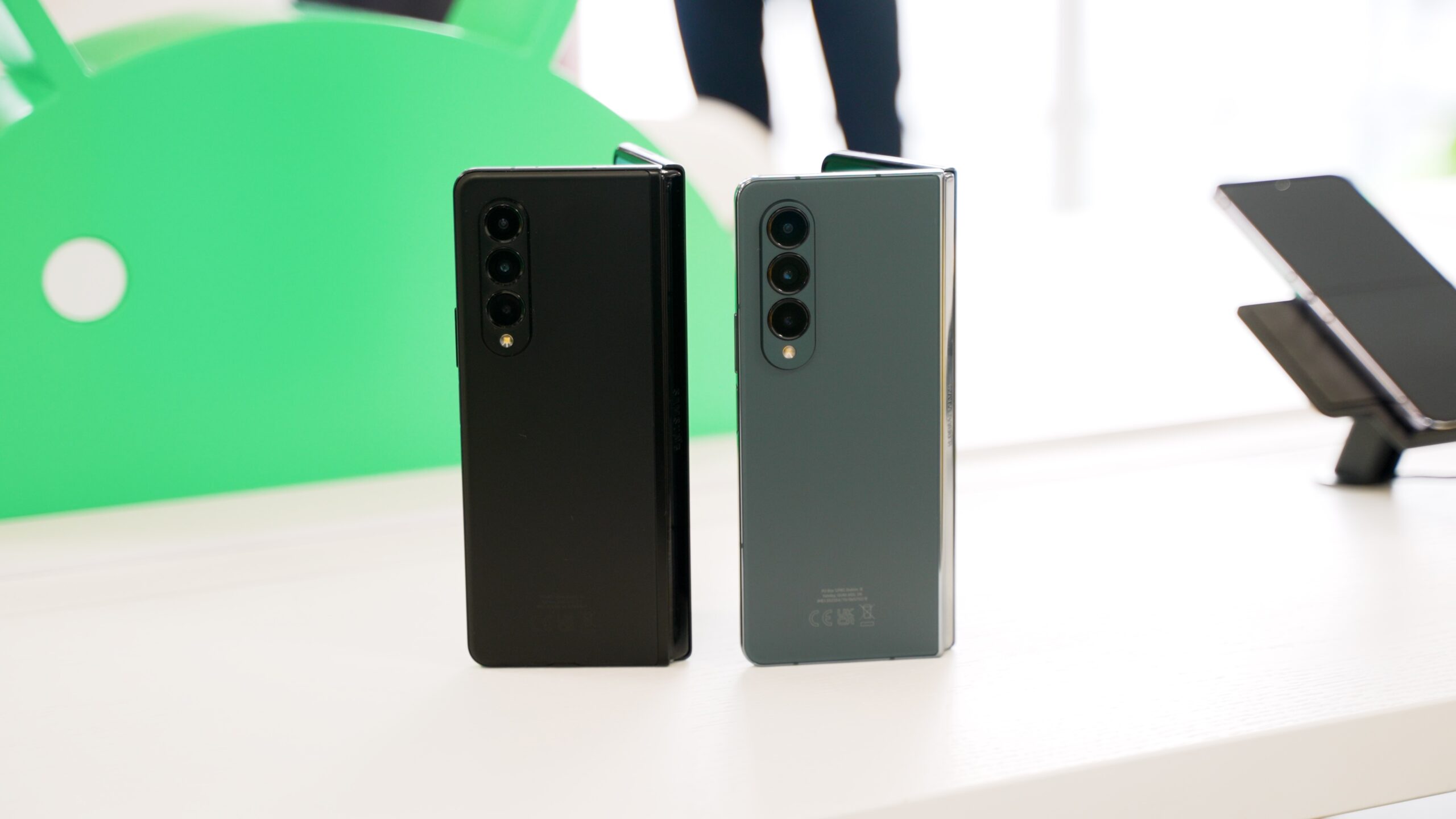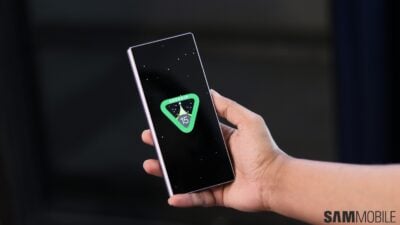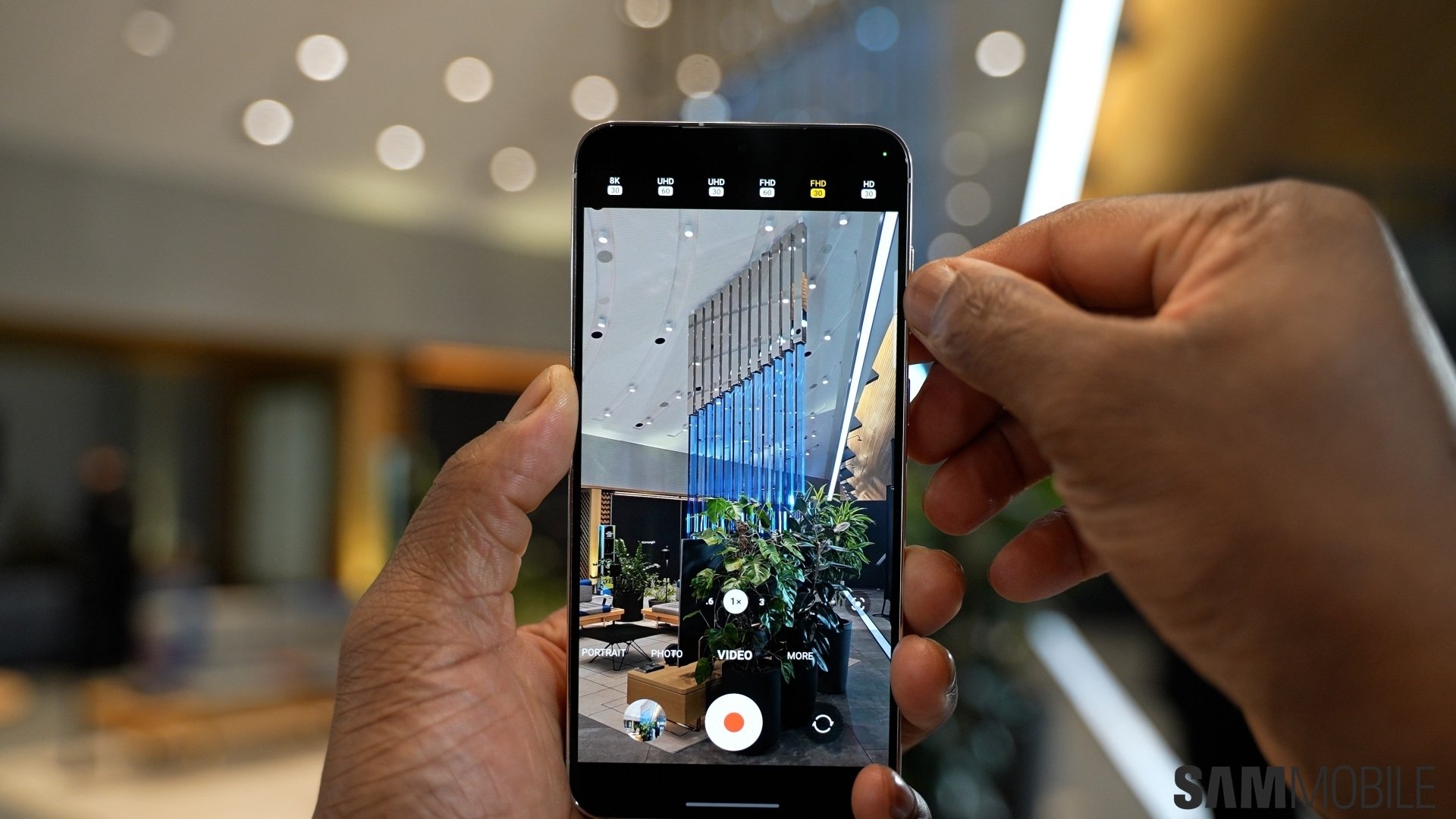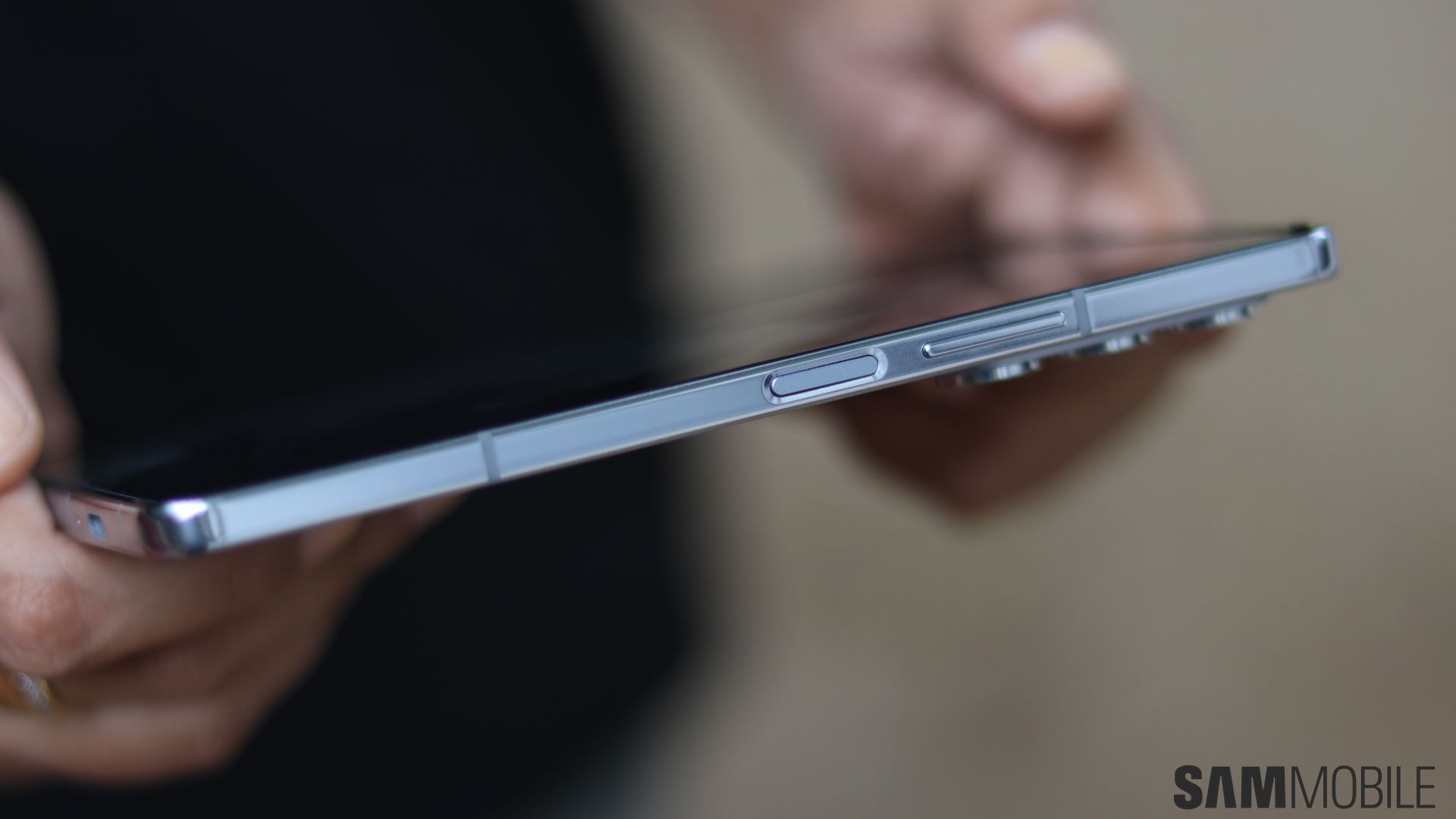
From the very first early demos based on foldable display technology, one of my dreams was to own a tablet with a decently sized screen that could fold to become more portable. No dual-screen hybrid formula, but one generous foldable screen paired with a design driven by a singular purpose: portability.
Five years have passed since Samsung released its first commercial foldable phone, and the technology has since advanced to the point where an elegant foldable tablet seems doable. Android OS, One UI, and the app situation also evolved to where they work better with tablets, and Samsung has already widened its scope in terms of tablet options with the release of the premium-priced Ultra line.
It almost seems like now might be a reasonable time to consider releasing a foldable Galaxy tablet, especially since it also appears that Samsung is more willing to take risks and experiment with new products.
Foldable tablets should be a part of the new era of experimentation
Samsung is about to release its first smart ring and its first Ultra smartwatch. It's said to be working on a limited-run Galaxy Fold 6 Ultra, too, and while we wait for Samsung's take on modern VR to take shape, the fresh concept of Galaxy AI appears to have pushed its mobile business into a new era.
What better time than now to finally release a foldable tablet and try out new use cases for foldable display technology? Samsung Display, the division responsible for manufacturing screens that can fold without breaking, has waited to jump on the occasion for a while now. Its demos at display tech events throughout the years show as much.
I'm not sure what size would work best for a first Galaxy foldable tablet. A smaller form factor similar to a foldable iPad Mini could have the advantage of a single hinge, fewer possible points of failure, and a lower price.
Large Ultra-sized foldable tablets could be pricier but may also be capable of doubling as portable laptops with on-screen keyboards that could be sizeable enough to be comfortable to use.
And mid-sized portable tablets might combine portability and a big enough screen for a complete tablet experience without becoming too expensive.
Whichever option might work best, it would probably appeal to business users too, particularly if these foldable tablets would support the S Pen.
Either way, I hope Samsung will find a way to use its foldable display technology in more and cleverer ways. It would be a shame if the technology would remain limited to two foldable phone models for five more years.
Whether or not you find Samsung's upcoming wearables, foldables, and VR products appealing, the company seems to have entered a phase of experimentation and willingness to try new things. Right now, Samsung seems more willing to try out new products, even if they might cost too much or appeal to fewer customers. Why not add foldable tablets to the mix? Surely, Samsung can afford another experiment.














